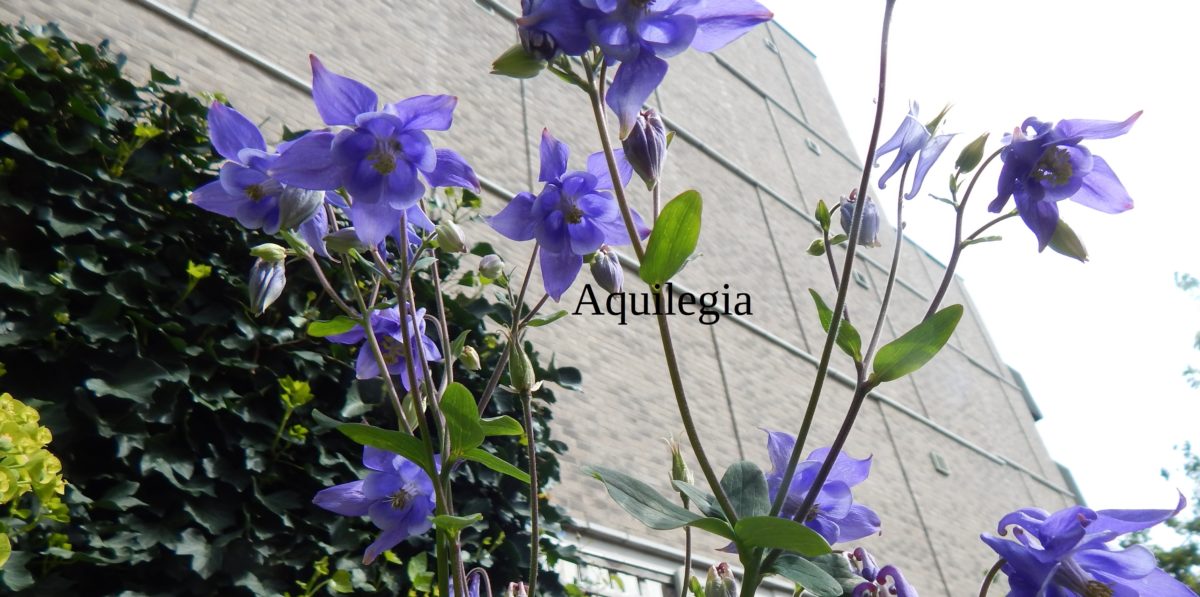I look closely at our birch by the main stage. It is tall, twin trunks, more than 15 metres high, with a very white bark, so quite youthful as birch get darker patches as the tree ages. I am looking for catkins. I spend maybe five minutes gazing at the leaves and twigs in my search. I cannot find any male ones at all. We’ve had lots of strong winds this month and they must have blown away. The wind is likely accentuated in the garden, as we are in a trap close to tall buildings and it swirls around us quite strongly. At last, I find three fertilized female catkins. But no more.
Last year on 1 April, I wrote:
The silver birch too is in leaf, tiny as yet, not that the leaves get any great size. Last week, there were only male catkins, yellow like dangling earrings. But, all of a sudden, the female catkins have arrived. They are reddish, quite a bit smaller.
This year, I looked for females earlier this month but I didn’t see any. There must have been a few, as today I have found three fertilized ones. But so few. Last year, we had a proliferation of both sexes.
Birch are monoecious. That’s a word I have trouble with, as mono means one and it refers to the sexes of the flowers, in this case the catkins. My confusion was that surely it would mean just one of the sexes per tree, as opposed to dioecious which would mean both sexes. But wrong. I looked up the etymology. ‘oecious’ comes from the Greek meaning house. So monoecious means both sexes in one house, that is on one tree. And dioecious means two houses, that is a separate tree for each sex.
As far as catkins go, in a normal year, the tree absolutely overdoes it, producing hundreds of male and female catkins. It’s this desperate arms race to reproduce, competing with every other plant trying to do the same. The tree might produce 10 thousand or more seeds, just to get one or two to grow on somewhere. As for pollen, all those male catkins would produce millions of grains of pollen, in the hope that some would alight on a female catkin to fertilize the seeds. And filling the air with eye-watering nausea for those with a tree pollen allergy.
Birch, hazel, alder, beech, oak and hornbeam are all monoecious (both sexes on each tree). All wind pollinated, but the pollen doesn’t have to travel far to find a female catkin. Yet millions upon millions of pollen grains are created. How hard the tree is struggling to procreate.
The poplar, though, is dioecious. That means one sex per tree. So the pollen created may have quite a journey to find a female tree. But the many millions of grains created means some will get there in the mass flowing in the wind. But not, if there’s a season of high winds, blowing the catkins off the trees before they can set pollen. Then all the effort will come to nothing.
More than 600,000 participated in the Big Garden Watch earlier in the year, including ourselves. Nationally, the house sparrow topped the list for the most common visitor, followed by blue tits, starlings, woodpigeons and blackbirds. We certainly get lots of sparrows, blue tits and pigeons, but the other two are a lot less frequent. The last couple of weeks, I have not heard or seen any green parakeets. Is that usual, or an effect of the weather?
The pond is as deep green as ever with tadpoles all over it. We scratch our heads over what to do about the green algae. The first time we have had such murkiness in the eight years of the pond’s life.

